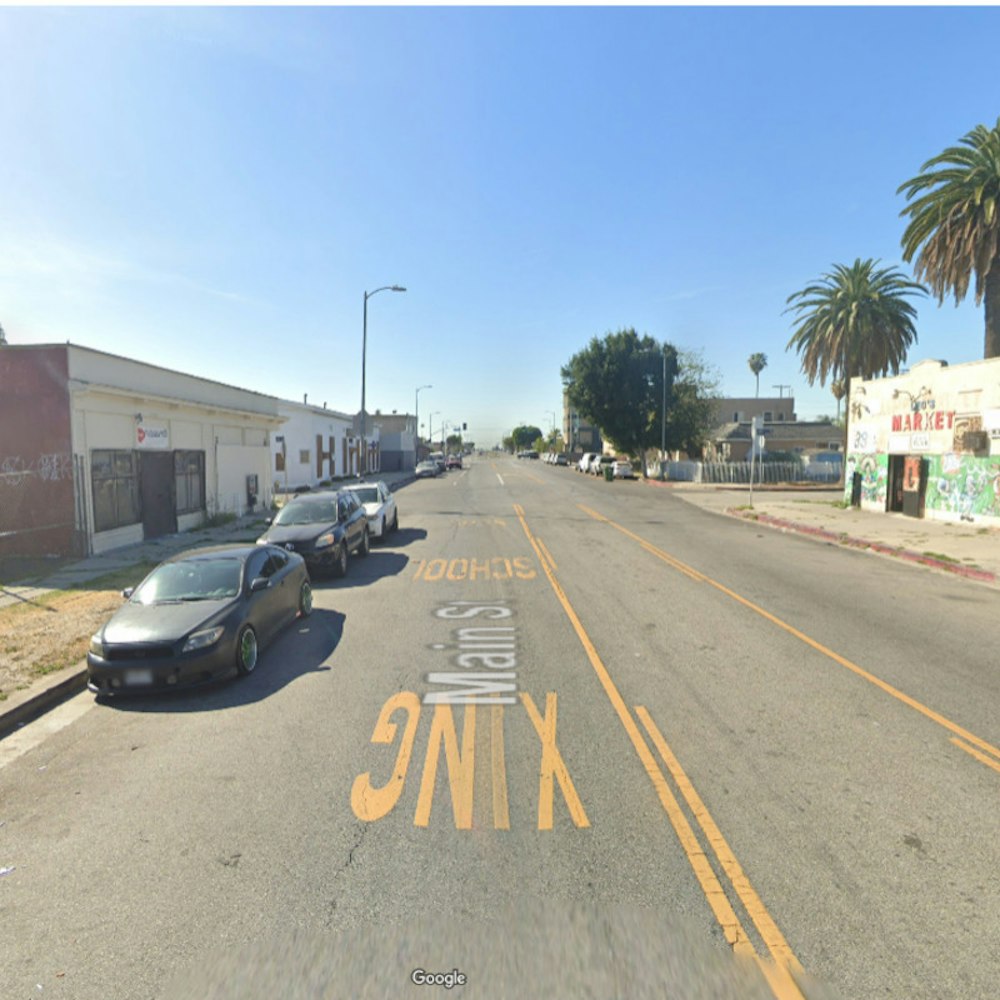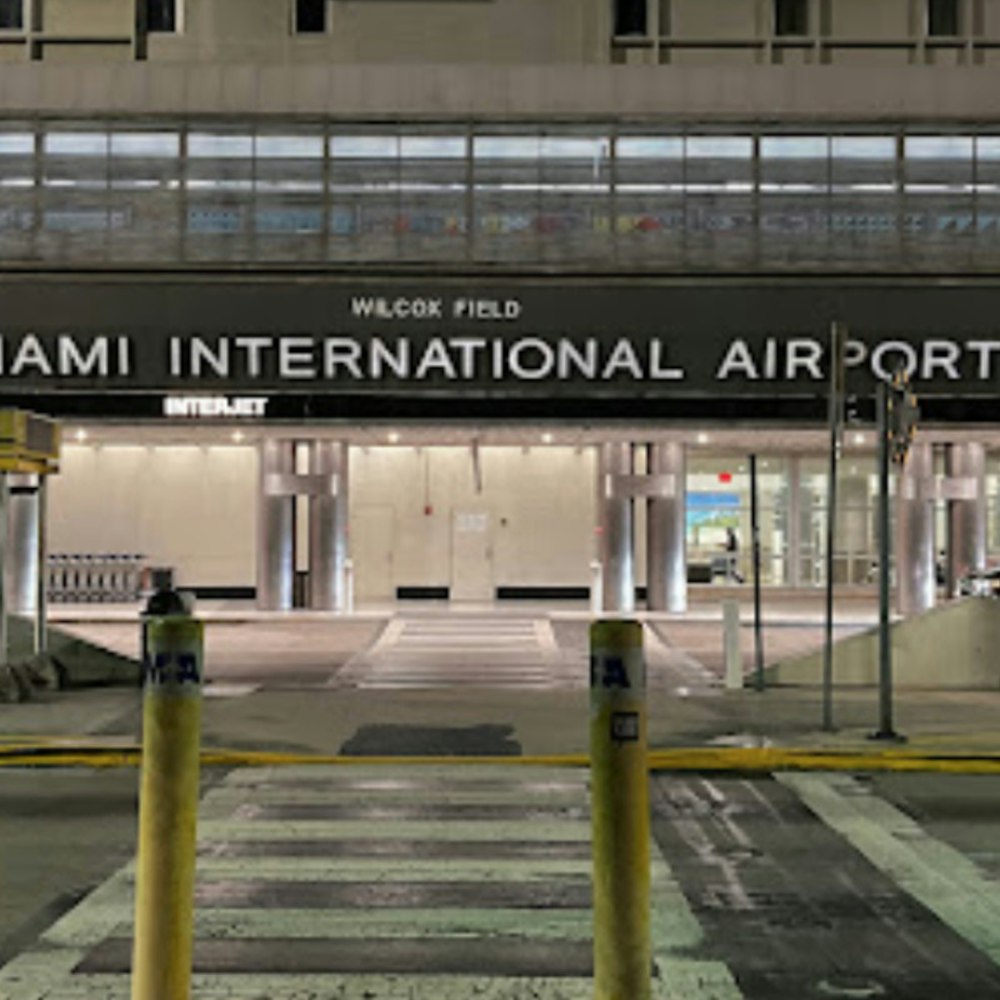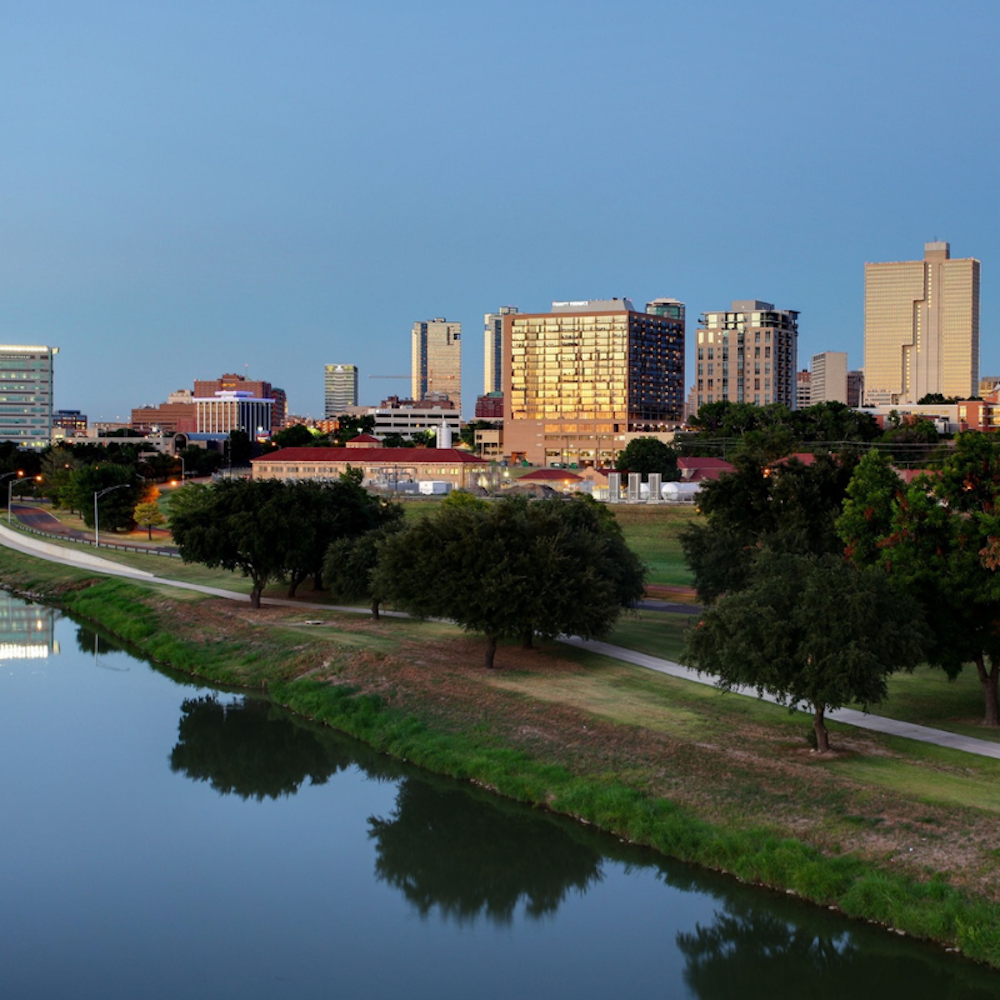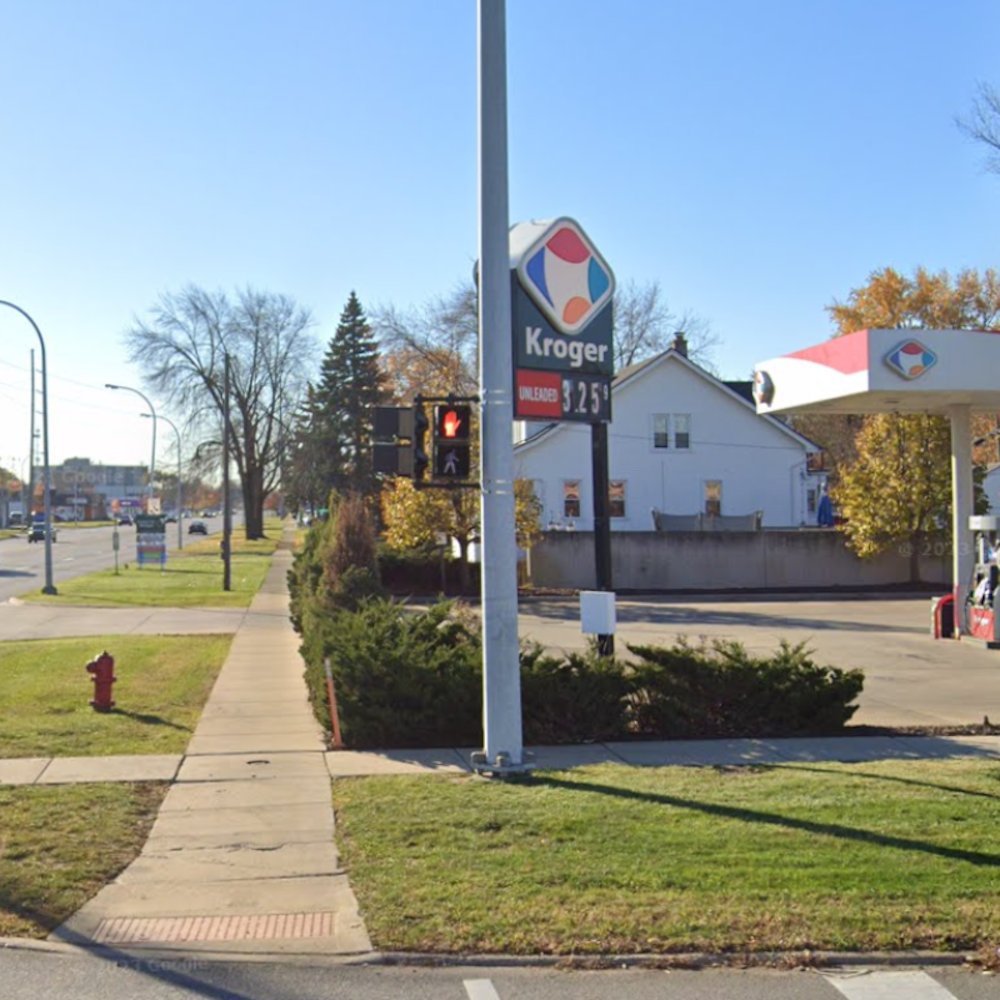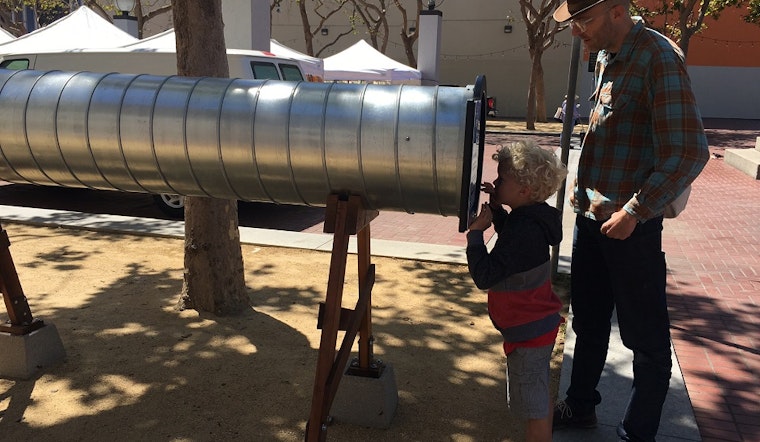
Since last summer, the Planning Department has been working on its second Living Innovation Zone (LIZ) collaboration with the Exploratorium's Studio for Public Spaces. The new installation, Sound Commons, debuted at UN Plaza on June 14th; it was funded by a California State Housing-Related Parks Program grant, which aims to improve to open spaces in low-income neighborhoods.
Given UN Plaza's reputation for crime and drug use, the city has partnered with a number of organizations, including Hunters Point Family, Downtown Streets Team, the Community Ambassadors Program, and the Department of Public Works, to ensure the installation remains safe and clean—and in the process, to help change the narrative around the troubled plaza.
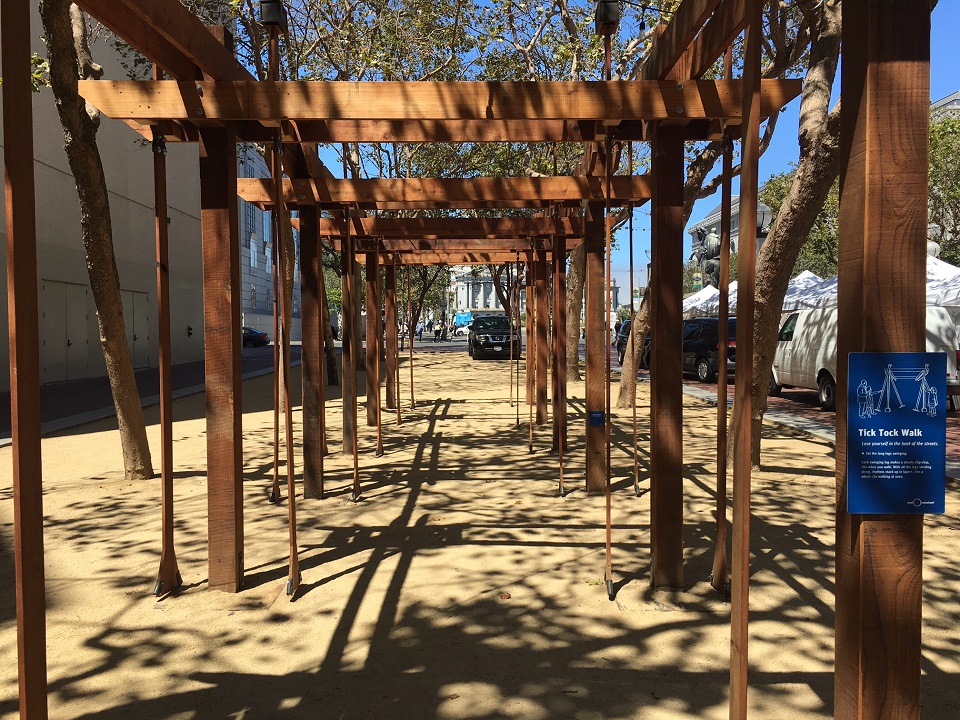
"[Civic Center/UN Plaza] is kind of ground zero for some of the city's biggest challenges," says Cassie Hoeprich, project manager for the LIZ program. "This area was deemed as a priority, and [the Planning Department] said, 'Let's experiment with near-term game changers.'"
The Planning Department worked with the Heart of the City farmers market, which has run at UN Plaza for three decades, to figure out the baseline for the project. They then brought in the Exploratorium, which had previously helped create another sound-based LIZ on Yerba Buena Lane, to offer suggestions for a new installation.
"[They] created this incredibly beautiful design, based around the idea of 'What are ways in which we can even just change the sounds that you hear at UN Plaza?'" said Hoeprich. Using "tried and true" installations from the Exploratorium, the LIZ can "hopefully inspire a little more music," she said. "It really is a sliver of the Exploratorium right at the doorstep of the Tenderloin."
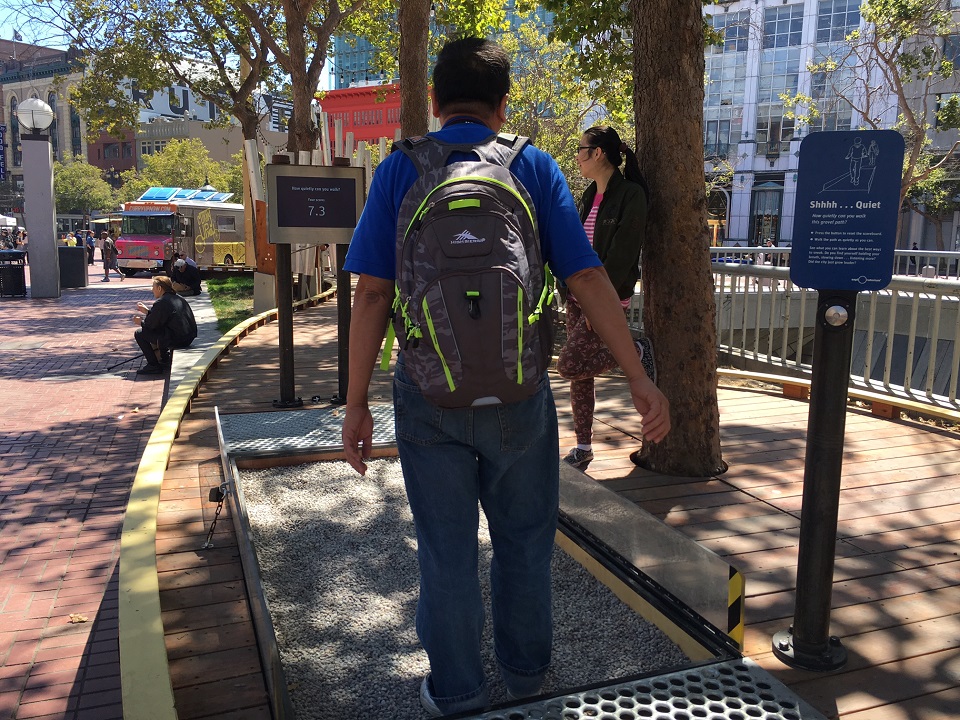
Given the environment at UN Plaza, keeping the LIZ and its visitors safe is a top priority, Hoeprich said. Staffers were hired from Hunters Point Family, which employs at-risk youth and adults; they're on duty seven days a week from 8am-7pm, maintaining the exhibits and demonstrating them to visitors.
"We needed staff out here to keep it safe, clean, inclusive, and also to be 'explainers,'" said Hoeprich. "If we are putting something wild and cool and scientific and new and maybe confusing to some people, we want to explain it so people feel like they can use it."
The staff from Hunters Point, many of whom have backgrounds working with people that are struggling or have a difficult time communicating, have been a boon to the project, said Hoeprich. They know where people can go to get clean needles, and they know how to interact with families and kids. "They've become experts; they've made the space comfortable and usable for people."
Randy Carter, one of the employees from Hunters Point Family working in the newly transformed plaza, considers himself a guide and a part of the community. "I think that [people in UN Plaza] are learning something about themselves. It's causing them to think, to find somewhere else to go that is peaceful for them, to hold a conversation, to talk and communicate," he told us. "I am here; if they need resources, I am here to help them."
"People who have a rough day and just really need to focus on something else, and who don't really have anywhere else to go—Carter has either talked to them or engaged them in some way," said Hoeprich.
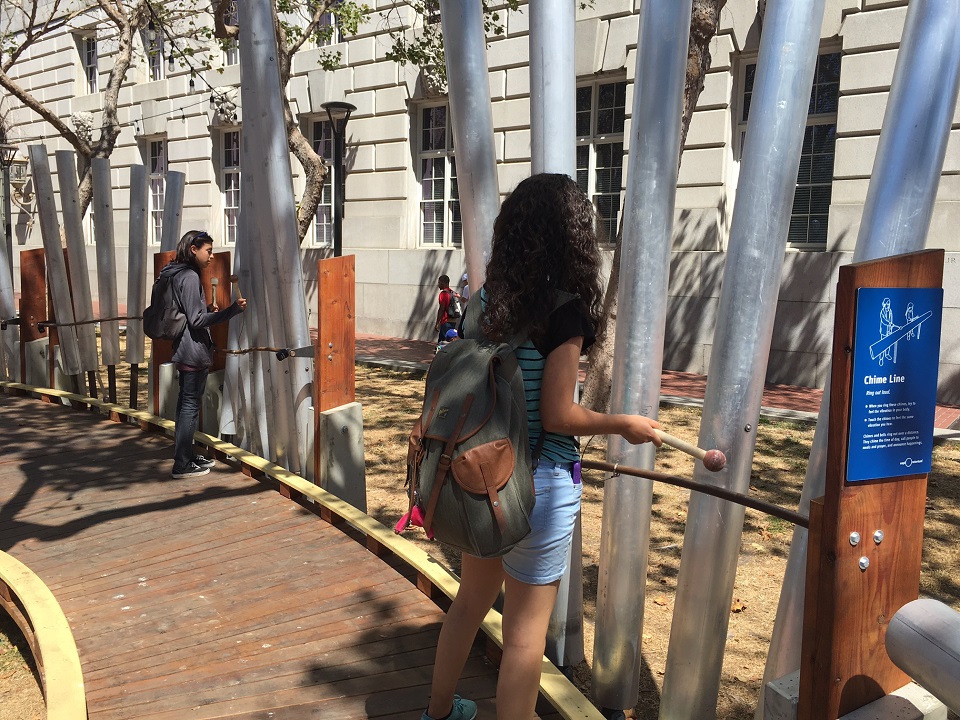
Nonprofit organization Downtown Streets Team, which launched in San Francisco in April, is also visiting the site regularly to provide additional cleaning services and to engage homeless or marginally housed people in the plaza. "We have realized more and more that we have the potential to share so many different types of resources, because we have such a fascinating cross-section of folks that are in this space," said Hoeprich.
While the LIZ draws a number of tourists who are visiting the Asian Art Museum or strolling up Market Street, it also has some local regulars. One man, who gave his name as Eric, says he's become a frequent visitor. "It's awesome because instead of running around for your bustling day, trying to do this, do that, answer your cell phone, go to work, take a break, take lunch, do this do that, you can actually sit here and not so much meditate, but concentrate, slow down your day and feel what's around you."
"The place is a lot brighter here," agrees Carmen, a student at the nearby Youth Art Exchange. "When I used to come here, it was really dark, and it was kinda scary around here. But after this installation, everything is brighter and it has brought a lot of positivity. I really like that."
One element of Sound Commons, known as the Tick Tock Pendulum, recommends that visitors close their eyes. "You can hear the pace of the city, the city's rhythm," said Hoeprich. "It's been really fun watching the people that frequent the space, watching them react to it."
Sound Commons isn't the only LIZ planned for the area. A group of high-school-age architecture students are hard at work on another installation, the Art Lit LIZ, that's intended to help bridge the Main Library and the Asian Art Museum.
"We really have these spaces now, these playful, goofy spaces we can build out from," Hoeprich notes. "[Sound Commons] is laying the ground work for more experimentation, and having it as an anchor is really helpful."
